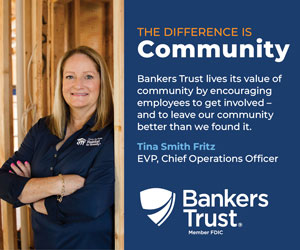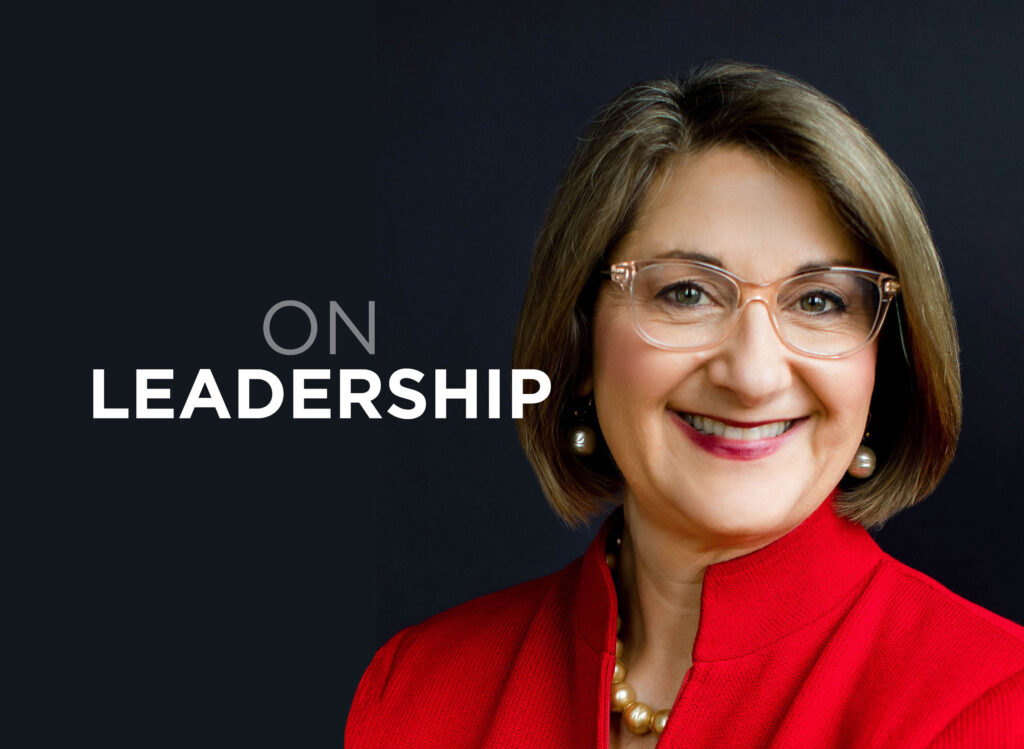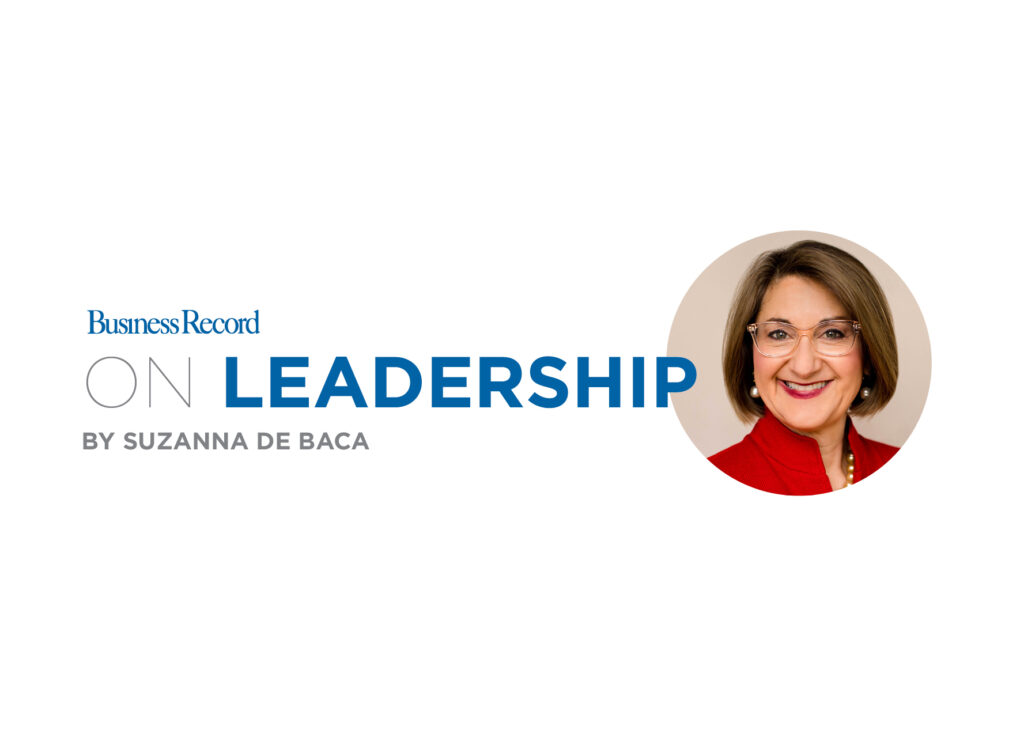McLellan: The company you keep

In last week’s column, we looked at how the whole Carson King story played out from the brands’ perspective. Anheuser-Busch and Venmo reacted very differently to the breaking news of Carson’s teenage tweets. Both took a calculated risk when they endorsed the unknown young man, and both had to make a bet when news of the tweets came out. In the end, Venmo got it right. But it could have easily gone the other way.
You’ve probably been following this story as an Iowan more than as a marketer. I think many local and regional professionals look at this as something that only “big brands” have to deal with. But this is a perfect example because several reasonably small Iowa-based companies were right in the fray, supporting Carson’s cause and taking on the calculated risk, right alongside Anheuser-Busch and Venmo.
This is the wild side of influencer marketing. When you work with a professional influencer, there’s a contractual understanding of the risks, benefits and what everyone is committing to in terms of the partnership. Not to say that you’re in a risk-free zone, because you are not. Imagine Jell-O’s dismay at the Bill Cosby turn of events. But odds are because you are dealing with a known entity, the risks are minimized.
One of the reasons influencer marketing is so effective is that consumers find the influencers credible because they are “like me,” from their perspective. Well, “like me” also means flawed and human.
What makes viral situations like the Carson King story even riskier is that they are genuinely just average Joes who accidentally walked into a spotlight and are now stuck there for a moment in time. No one has vetted them. No one has determined if they could withstand the scrutiny of a diligent fact-finder or the reactionary nature of our culture today.
If you believe it’s in your organization’s best interest to stay open to these viral opportunities, then you need to do a little prep work to get ready. These are not decisions you want to make after a scandal has broken.
Know your boundaries: Are there certain transgressions that are less risky for your brand than others? Are there things that fly in the face of what you believe and hold out as values for your company? What is a tolerable offense?
Know your skeletons: I believe one of the reasons Anheuser-Busch pulled the plug so quickly is because they’d been accused of producing racist ads in the past. They’d done their mea culpa and had recovered from that blow, so the one social ill they could least afford to be associated with was racism.
Define your severity tolerance: I know that it would be awesome if everyone were a saint, but your odds are not good. What level of flawed humanity are you willing to condone and have associated with your brand? For example, is one DUI tolerable, but two are not?
Define your reasonable time frame: A significant element of the Carson King story was the fact that the offensive tweets were created when he was 16. For some brands, that was a deal-breaker. Others were able to look past that and say that he’d grown up since those comments. If something happened 20 years ago, is it still relevant? Does the age of the influencer when the offensive event happened matter?
There are no universal right or wrong answers here. But there are definitely right or wrong answers for your brand. Having these conversations now and having a written policy that you can refer to when a problem arises should give you more confidence to jump onto that next viral bandwagon, even if you know there’s no guarantee that the wheels are going to stay on.







